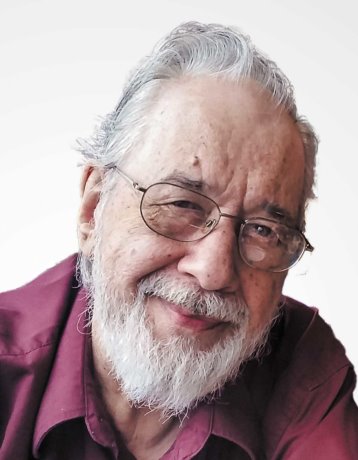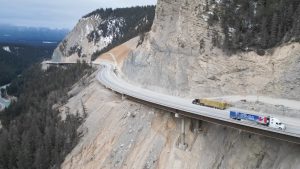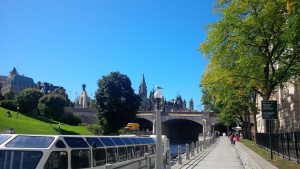If the world is making a list of New Year’s resolutions, I have a suggestion: Invest in infrastructure.
We’ve all heard about the infrastructure gap, the difference between the amount we need to invest and the amount we actually spend.
It’s been with us for years, even when governments know that spending on infrastructure creates jobs in the short-term and boosts productivity in the long-term. That’s well known to policy-makers, but the talk about it rarely gets translated into action, in spite of record-low interest rates that make borrowing to build infrastructure more attractive.
I ran across a recent essay by Dominic Barton who is the global managing director of McKinsey & Company, the worldwide and widely respected management consulting firm.
In his essay he notes that many countries have been underinvesting in infrastructure for decades.
That creates everyday inconveniences, he says, but worse, it creates roadblocks to economic growth.
To bridge the infrastructure gap, he writes, "the world needs to increase investment in transportation, power, water and telecom systems from US$2.5 trillion a year to US$3.3 trillion every year through 2030."
That’s just to support projected economic growth.
In the face of that, he writes, "infrastructure investment has actually declined in 11 of the G20 economies since the 2008 financial crisis."
He cites "conventional wisdom" that fiscal concerns make it impossible to spend the needed money. He maintains, however, that there is "substantial scope" to increase public infrastructure investments.
In some cases, he says, funding can be found without raising taxes. Governments can create revenue streams by instituting user charges or "capturing" increases in property values. Existing assets can be sold and the proceeds invested. Public accounting standards could also allow the owners of infrastructure to depreciate their cost over the asset’s lifecycle, rather than immediately adding the cost to fiscal deficits during construction.
Governments should also do more to encourage private investment. That should start by providing regulatory certainty and allowing investors to take returns that reflect the risks they’ve taken.
Regulatory groundwork needs to be developed "to enable funding to flow more smoothly from institutional investors in advanced economies, to projects in the emerging world where huge populations still need access to essential infrastructure services."
But Barton understands why taxpayers are reluctant to see their governments invest in big projects.
"Delays stretching into years, and cost overruns soaring into the billions of dollars are a sadly familiar story in public works," he writes. "And when bridges turn into boondoggles, the public grows more reluctant to invest."
The infrastructure sector as a whole needs a major push to modernize, adopt new technologies and standardize. Governments need to "transform the institutions and processes under their direct control."
Barton says that McKinsey’s work with governments all over the world "has demonstrated that stronger governance and oversight of infrastructure projects can lower infrastructure costs by as much as 40 per cent."
There has to be a tightening up in all aspects of a project, in environmental reviews, in approvals, in land acquisition, in everything.
Paying close attention to best practices is essential, he says. That could unlock huge value. As things stand, price tags for similar projects can vary by 50 to 100 per cent from country to country.
"Kicking the can down the road" is not a viable strategy for dealing with infrastructure needs, he writes. The tools exist to do the necessary work efficiently. But Barton pays scant attention to politics. It’s a blood sport in many places and the winner gets a reward.
I grew up in Canada’s Prairie west, at a time when paved roads were the popular currency. Electing a reeve from the north end of a municipality meant the north end got at least one paved road. The one that ended at the reeve’s farm gate.
Korky Koroluk is an Ottawa-based freelance writer. Send comments to editor@dailycommercialnews.com.











Recent Comments
comments for this post are closed